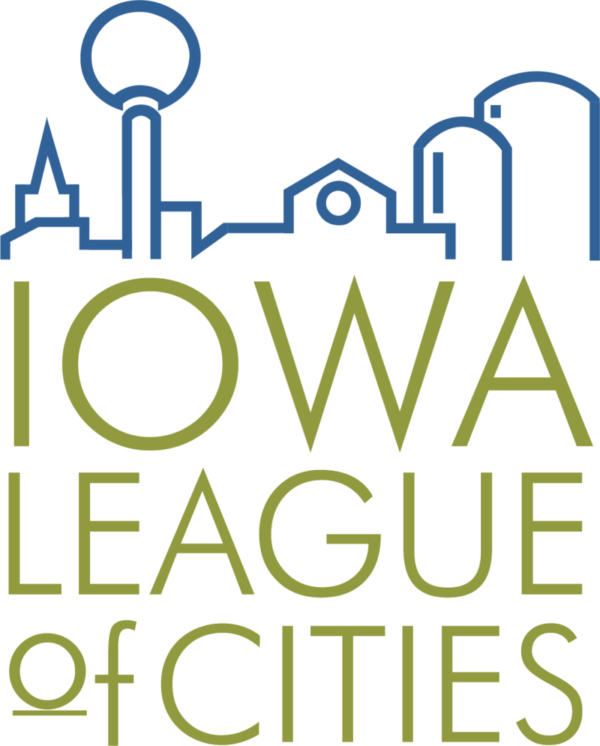| Relevant Downloads and Links | |
|---|---|
| Property Tax Abatements and Exemptions | LINK |
Urban revitalization is a tool that can be used to redevelop areas of a city and help spur economic growth. There are a variety of ways urban revitalization can be done, and cities must continually review their plans and policies.
Urban Revitalization Uses
Chapter 404 of the Code of Iowa, the Urban Revitalization Law, contains the provisions relating to urban revitalization and details how local governments can implement and use the tool. The law describes five types of areas where urban revitalization can be used, primarily focusing on areas with dilapidated and deteriorated buildings that are detrimental to public health and economic growth as well as areas for historic preservation, economic development or public improvements for residential development (please see Code Section 404.1 for a full definition of these areas). Urban revitalization areas can contain all of the real property within the city limits or a more targeted subset of parcels.
Some city councils have adopted urban revitalization areas that cover the entire city or for a type of property class, such as residential. Others have created specific areas within the city to help revitalization efforts in that part of town.
Historically, within these areas, cities have been able to exempt all or a portion of property taxes for property owners who construct projects that improve the value of their property*. The state code provides different tax exemption schedules for varying purposes and cities are allowed to tailor the exemption schedules to meet local policy needs so long as they do not exceed the statutory limits (more information on tax exemption schedules can be found below). Providing tax exemptions incentivizes property owners to improve their properties or construct new buildings, stabilizing tax bases and spurring growth when it otherwise might not occur.
*Beginning with revitalization areas created in FY 25 and after, and for first-year exemption applications in existing revitalization areas filed on or after July 1, 2024, abatement for the school district portion of revitalization areas for residential projects established under Chapter 404 is prohibited.
Urban Revitalization for Commercial and Industrial Property
The Urban Revitalization Law sets the basis for tax exemption schedules that cities may use in their plans. Cities may offer commercial and industrial properties a three-year, 100% exemption for the actual value added from improvements or additions. Another option is a 10-year schedule with a sliding scale of exemptions, beginning at 80% in the first year before reaching 20% in the tenth year. Cities are allowed to adopt different schedules than those described in the Revitalization Law, but they cannot offer a greater exemption.
Legislation passed in 2023 also requires that minimum assessment agreements for commercial properties be created and agreed upon in writing before the projects are eligible for property tax abatement under a revitalization area established under Chapter 404. The agreement must contain specified information, including a minimum actual value for the completed improvements, and must be certified by the assessor. This applies to revitalization areas created in FY 25 and after, and for first-year exemption applications in existing revitalization areas filed on or after July 1, 2024. Cities are encouraged to consult their bond counsel on the potential impact of this provision of the legislation.
Urban Revitalization for Residential Property
A number of residential tax exemption schedules are allowed and are tied to different purposes, including projects that address slum and blight conditions, historic preservation, economic development and housing development. It is recommended to consult with legal counsel before adopting a policy to determine what is best for the city.
As noted above, beginning with revitalization areas created in FY 25 and after, and for first-year exemption applications in existing revitalization areas filed on or after July 1, 2024, abatement for the school district portion of revitalization areas for residential projects established under Chapter 404 is prohibited. Cities are encouraged to consult their bond counsel on the potential impact of this provision of the legislation.
Establishing an Urban Revitalization Area
There are several steps to establishing an urban revitalization area and cities should be assisted by their attorney or bond counsel throughout the process. As stated in the Section 404.2 of the Code, the city council must first approve a resolution finding that the “rehabilitation, conservation, redevelopment, economic development or a combination thereof of the area is necessary in the interest of the public health, safety or welfare of the residents of the city.”
The council must then prepare an urban revitalization plan, which needs to include a number of items. The plan must include a legal description of the area with a map depicting the existing parcels of real estate, the assessed property valuation in the area broken out by land and building values, a list of names and addresses of property owners, the existing zoning and land uses, and any plans for expanding city services.
Plans also need to detail whether the revitalization policies are applicable to some, none or all of the residential, commercial, industrial or agricultural property in the area (or some combination of the properties) and whether it is for rehabilitation and additions to existing structures or for new construction. Any tax exemption schedules or assessment increase requirements need to be included as well. Finally, the plan must specify the estimated length of time the area will be active, any provisions that have been made for the relocation of property owners and families, and any state, federal or private grants or loans that can be used as a funding source for residential improvements.
Once the proposed plan has been put together, the city must schedule a public hearing and notify all property owners and tenants in the proposed area. This notice must be published not less than four and not more than 20 days prior to the hearing. In addition, notice must be mailed to each property owner not less than 30 days prior to the public hearing date. The council could be forced to hold a second hearing if property owners representing at least 10% of privately-owned property or residential property in the area have signed and submitted a petition within 30 days of the first hearing. Once these requirements have been met, the council is authorized to adopt the urban revitalization plan.
Property Owner Applications
The state code calls for cities to design an application process and for property owners to submit applications prior to receiving any exemptions. The application must at least contain the nature of the improvement, its cost, the estimated or actual date of completion, the tenants that occupied the owner’s building on the date the city adopted the original resolution of finding, and which exemption will be selected. The city council shall approve the application, subject to review by the local assessor, if the project is in conformance with the plan, is located within a designated revitalization area, and if the improvements were made during the time the area was designated.
Abandoned Properties
Section 404.3B of the Code specifically addresses abandoned properties and allows cities to establish a tax exemption for actual value added to these properties. The properties must be abandoned under the definition provided in Section 657A.1, which states the building has remained vacant and has been in violation of the city code for a period of six consecutive months.
There are two tax exemptions allowed under law for abandoned properties that are similar to other exemptions. Plans can use a decreasing 15-year schedule, starting with an 80% exemption and sliding down to 20%. Another option is to provide a 100% exemption on the value added for a period of five years.
Special Provisions for Industrial Property
Chapter 427B provides a specific exemption for industrial property that is similar to what is offered under Chapter 404. In this case, a five year schedule is outlined with a gradual decline of partial exemptions that start at 75% in year one and end at 15% in year five. The focus of this exemption is mainly on new construction as there are strict requirements as to what types of improvements qualify.






